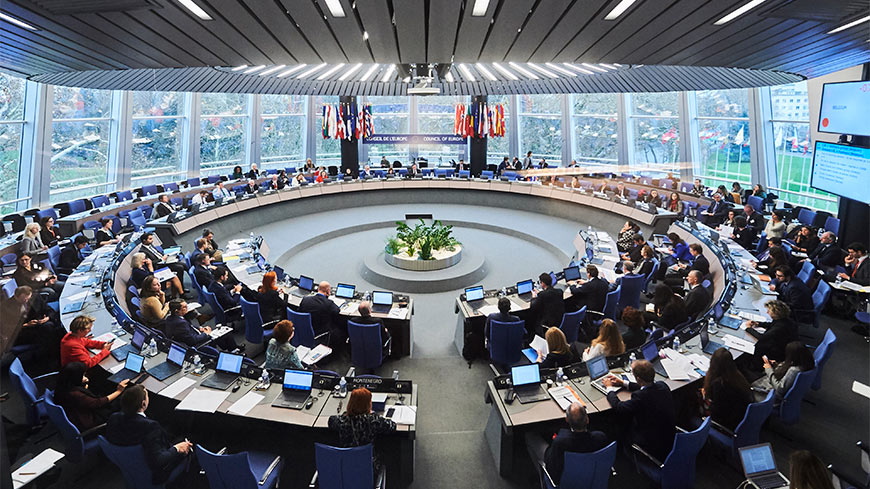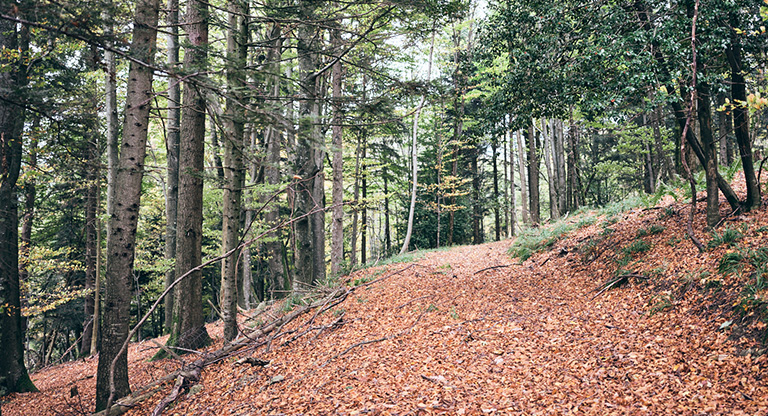Our world, ourselves:
using human rights
to protect the planet

Each day, science brings us more proof of how human actions are harming our world.
Wild fires, drought, extreme temperature, pollution: each of these is a threat to human life, and a challenge for anyone concerned with protecting human rights.
And although the right to a clean environment doesn’t figure in the original list of human rights, it underpins everything we do.
- We have the right to life – but if we don’t look after the world around us, none of us can survive.
- We have the right to live without violence – but our failure to protect the natural world, and especially water, is at the root of many devastating conflicts.
- We have the right to enjoy our family life and our property – but how can we do that if we destroy nature, damage food supplies, and fail to share dwindling resources?
Protecting the environment is not a luxury, it’s fundamental to us all. If we destroy our world, there will be no more human rights to protect. There will just be no more humans.

Life and well-being on our planet is contingent on humanity’s collective capacity to guarantee both human rights and a healthy environment to future generations
Council of Europe Committee of Ministers’ declaration, 2020
Key cases from the Court of Human Rights
Our work on the environment is nothing new: we’ve taken it into account since the 1960s. The European Court of Human Rights has ruled in nearly 300 cases where some form of environmental risk was in question. It has looked at the human rights aspects of ecologically unsound operations and urban development; at how pollution has made people ill or violated their right to home and private life. Court cases have given justice to the victims of man-made and natural environmental disasters and stood up for the right for activists to make their voices heard.
Previous judgments and decisions of the Court have covered:
- Dangerous industrial activities
- Dumping of toxic waste
- Exposure to nuclear radiation
- Industrial emissions and health
- Natural disasters
- Access to court
- Access to information
- Industrial pollution
- Noise pollution
- Emissions from vehicles
- Urban development
- Waste collection, management, treatment and disposal
- Water supply contamination
- Freedom of association
- Right to an effective remedy
Find out more about human rights and the environment on our special page >

The Council of Europe and Environmental Protection
It’s not just the human rights convention and the judgments of the court that protect human rights and the planet. Over the years, we have brought countries together to build resilient and innovative ways to protect wildlife, animals and the natural environment. We have created ways for countries to work together in the face of natural disasters and to work together for the best and most sustainable land-planning.
Find out about the Bern Convention on the Conservation of European Wildlife and Natural Habitats to ensure conservation of wild flora and fauna and their habitats (including endangered and vulnerable species), the European Landscape Convention to protect, manage and plan landscapes, and the EUROPA – Major Hazards Agreement for co-operation in the field of major natural and technological disasters.

